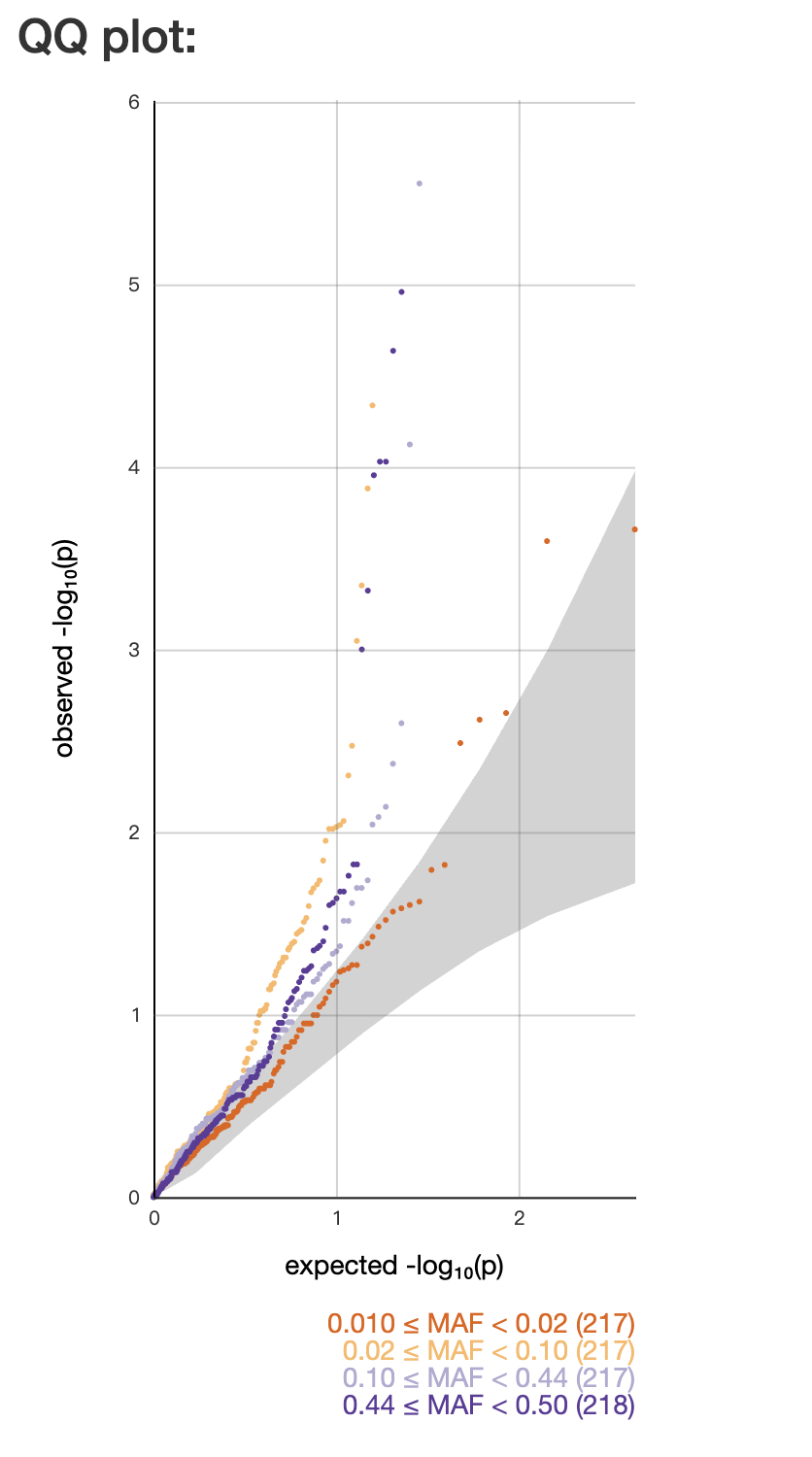Tutorial
1. Select a data set of your interest.

There are three datasets available in this data portal, as highlighted in the top right corner of the figure above.
1) cis_eQTL: SV and VNTR cis-eQTL summary statistics for 9,257 eGenes from the cis-eQTL analysis in 3,357 brain cortex samples. About 73K SVs with MAF > 0.01 and 17,836 VNTRs are available.
2) cis_sQTL: SV and VNTR cis-eQTL summary statistics for 2,3471 sProbes pooled from THISTLE and Leafcutter cis-sQTL analysis in 3,357 brain cortex samples. About 73K SVs with MAF > 0.01 and 17,836 VNTRs are available.
3) cis_apaQTL: SV and VNTR cis-eQTL summary statistics for 9,257 apaGenes from the cis-apaQTL analysis in 3,357 brain cortex samples. About 73K SVs with MAF > 0.01 and 17,619 VNTRs are available.
2. Select or search for a gene of your interest.

3. Query results

A. A.Regional association plot. It plots -log10(p-values) of variants in a genomic region of interest, with the top associated variant highlighted by a triangle. This plot is designed to facilitate viewing regional association results together with useful information such as the physical locations and orientations of the genes (on the track underneath the association plot), linkage disequilibrium between the top associated variant and any other variant (indicated by the colour of a dot) and local estimates of recombination rates (represented by the blue solid line). See https://genome.sph.umich.edu/wiki/LocusZoom for more details.

B. A summary table of the genome-wide significant loci. You can navigate to a PheWAS plot (see below) by clicking on a variant.

C. Quantile-Quantile plot (QQ plot). It plots the observed -log10(p-values) of a group of variants against the corresponding values expected under the null model of no association. All the available variants are stratified into four groups by minor allele frequency (MAF).

D.PheWAS plot. It shows the associations of a variant of interest with all the phenotypes available in this database. You can view the summary information (e.g., trait, sample size, and p-value) of an association by moving the mouse cursor to a triangle. Summary statistics for all the traits are presented in the table below.